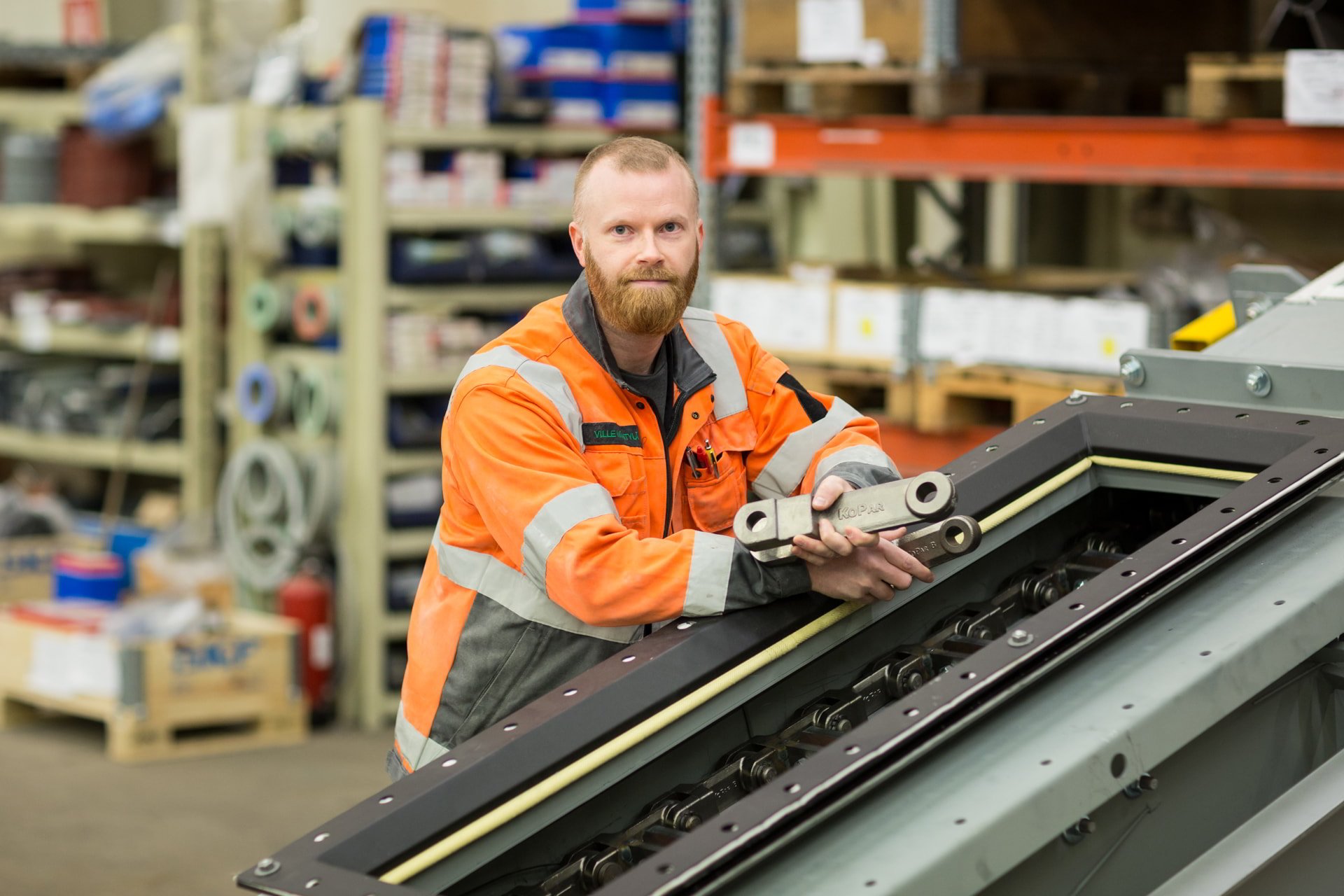Understanding WHB Dusts
Waste Heat Boiler (WHB) dusts are a byproduct of industrial processes, particularly in the flash smelting process. These dusts originate from the off-gas produced during smelting, which contains particles that adhere to the water tubes within the WHB. This process is crucial as it facilitates dust removal, thereby reducing the dust load in subsequent gas cleaning stages. WHB dusts are significant in industrial settings because they can impact operational efficiency and environmental compliance if not managed effectively.
The challenges posed by WHB dusts include their abrasive nature, which can lead to wear and tear of equipment, and their potential to cause blockages, hindering smooth operation. Effective management of WHB dusts is crucial to ensure the longevity and efficiency of industrial processes. Without proper handling, these dusts can lead to increased maintenance costs and environmental penalties due to non-compliance with emission regulations.
Given their significance, it is essential to adopt efficient dust management strategies. This involves not only conveying and crushing technologies but also understanding the regulatory landscape to ensure compliance while optimizing operational efficiency.
How are WHB Dusts Conveyed?
Conveying WHB dusts requires robust systems due to their abrasive properties. Pneumatic conveying is a common method, where dust particles are transported through pipelines using air pressure. This method is advantageous in its ability to handle high volumes and its flexibility in routing. However, it can be costly due to the energy required to maintain air pressure and may also lead to wear in pipelines.
Mechanical conveying systems, such as screw conveyors, are another option. These systems are energy-efficient and can handle abrasive materials effectively. They do, however, require regular maintenance to prevent wear on mechanical parts. Choosing the right system involves considering factors such as the distance to be covered, the volume of dust, and the specific properties of the dust.
When selecting a conveying system, it is also crucial to consider the integration with existing processes. Systems must align with operational goals and regulatory requirements to ensure a seamless and compliant operation.
Crushing WHB Dusts: Techniques and Technologies
Crushing WHB dusts is an integral part of their management, ensuring that the dust particles are of a manageable size for further processing or disposal. One common technique is the use of impact crushers, which are effective for breaking down large particles into smaller, more manageable sizes. These crushers are efficient and can be integrated into existing systems with relative ease.
Another technology used is the roll crusher, which is particularly effective for finer crushing. Roll crushers apply compressive force to reduce dust particles, offering cost-effectiveness and efficiency. However, they may require regular maintenance to handle the abrasive nature of WHB dusts.
Ultimately, the choice of crushing technology should consider the specific characteristics of the dust and the requirements of the downstream processes. Efficiency, cost, and compatibility with existing systems are key factors in this decision-making process.
What are the Environmental Impacts of WHB Dusts?
Improper management of WHB dusts can lead to significant environmental impacts. These dusts can contribute to air pollution if not adequately contained, posing health risks to humans and wildlife. Moreover, dust accumulation can lead to soil and water contamination if not disposed of properly.
Regulatory bodies have established stringent guidelines to govern the management of WHB dusts, emphasising the need for sustainable practices. Companies must adopt dust control measures that minimise emissions and ensure compliance with environmental regulations. This includes adequate filtration systems and regular monitoring of dust levels.
By implementing sustainable dust management practices, industries can reduce their environmental footprint and contribute to a healthier ecosystem. It's crucial to be proactive in addressing the environmental implications of WHB dusts to maintain operational compliance and social responsibility.
Choosing the Right Solutions for WHB Dust Management
When selecting solutions for WHB dust management, it's essential to consider several factors such as cost, efficiency, environmental impact, and compatibility with existing systems. The decision-making process should begin with a thorough assessment of the dust characteristics and the operational requirements of the facility.
Cost and efficiency are intertwined considerations. While initial investment in advanced technologies like pneumatic or mechanical conveying systems might be higher, the long-term benefits in terms of reduced maintenance and improved operational efficiency often justify the expenditure. Additionally, choosing energy-efficient systems can contribute to significant savings over time.
Environmental impact is another critical factor. Solutions should align with regulatory requirements and aim to minimise emissions. Integrating dust management systems that support sustainable practices not only ensures compliance but also enhances the company's reputation as a responsible entity. Ultimately, the goal is to select solutions that integrate seamlessly with existing processes while optimizing performance and sustainability.
In conclusion, effective management of WHB dusts is pivotal for operational efficiency and environmental compliance. By understanding the challenges and exploring suitable conveying and crushing solutions, industries can achieve a balance between performance and sustainability. As you navigate the complexities of WHB dust management, remember that the right solutions can streamline operations and support a greener industrial future.

You have a challenge that needs solving?
Let us help! Contact us for more information about our products and services.
